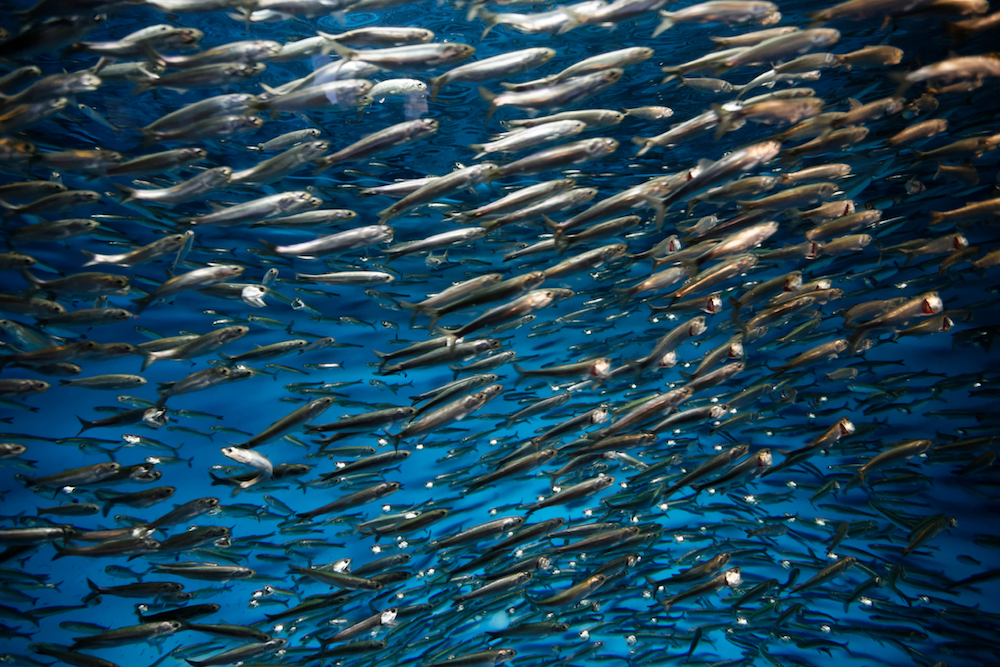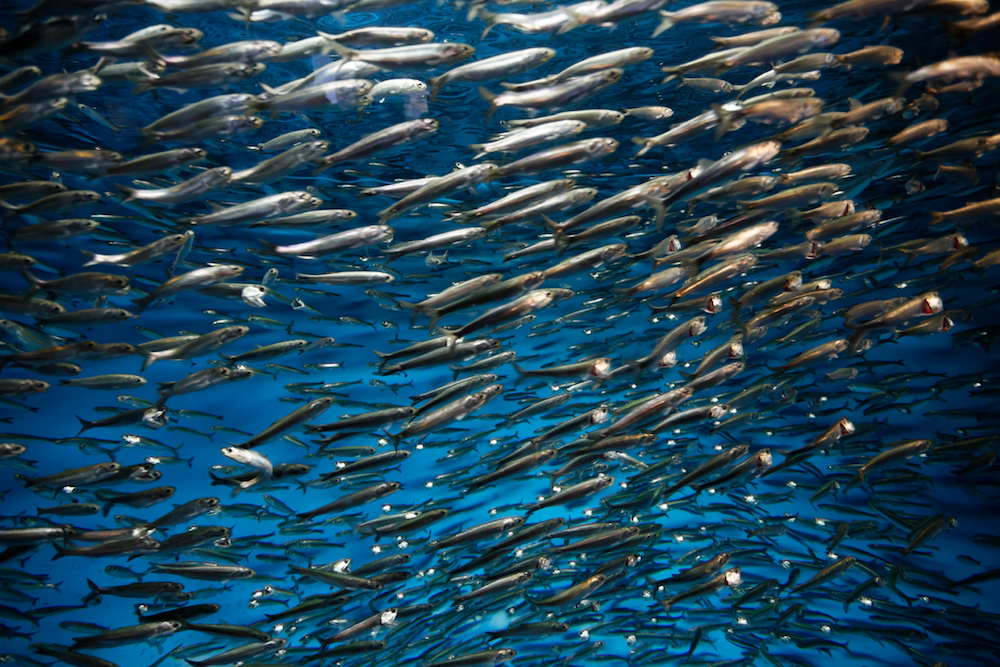This is the fourth in a series of seven blog posts that communicates about climate change through personal stories. Over the course of three months, UCSD student Caitlin Crowe interviewed seven long-term beach goers in San Diego County on their personal connections with climate change effects. In this post we cover ecology changes.

Climate change will affect the ecology of our beaches, but every beach’s specific ecological system is different, even ones with the same general conditions. For example, legal sized Pismo clams are abundant at one beach in San Diego, but not at the others; grunion and red tides may be more common at some beaches and not others. It is therefore hard to generalize what climate change is doing to the ecology of the beach and coastal ocean life. Some beaches may appear to be relatively unaffected. But in most places there has already been a marked change in the wildlife that inhabit beaches. The oceans as a whole are also seeing a general loss in biodiversity.
Each of the long-term beach goers interviewed had seen a marked change in the animals and plants they saw both in and out of the water. Most commented on a dramatic increase in stingrays, sharks, and dolphins. As one person said “Some years, some summers, stingrays are really bad.” One of the participants was told that a great white shark had been following along behind him while he was swimming for around a mile. The interviewees also noted that a lot of kelp had disappeared in addition to fewer jellyfish, sand dollars, fish and shells. “Basically, all the big kelp beds are gone. Because of the kelp there was a lot more marine life, a lot more fish. That’s all basically stopped.” While these changes vary from beach to beach, it is clear that change is happening.
The ocean’s ecosystems play a large role in regulating global ecology and climate. When biodiversity is lost, marine ecosystems become more vulnerable to disturbances and less able to adapt to climate change. By disturbing these systems we are heavily affecting the food resources for many human populations, losing potentially valuable products for medical research, and possibly perturbing carbon dioxide capture. We are also losing a valuable resource of curiosity and joy for many children and families.
The ecological changes caused by climate change may vary from beach to beach, and the changes observed by any one person may differ depending upon the species they are familiar with. Therefore, it is important to educate yourself about the species that live in our local coastal ecosystems in order to recognize changes associated with climate change and other disturbances. Visiting local aquariums is a great way to see and learn about the organisms that live in your area, and those that may have already declined due to climate change effects. Better understanding the ecology of our beaches may also reveal ways to protect them.
Resources
California Sea Grant’s “Explore Beaches”
California 4th Climate Assessment
San Diego 4th Climate Assessment




